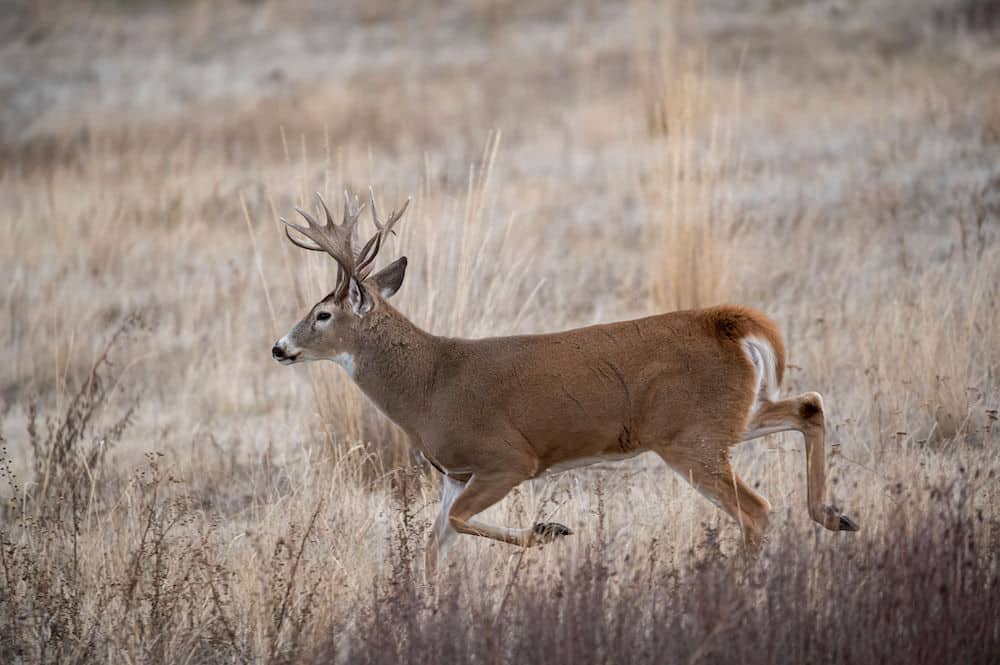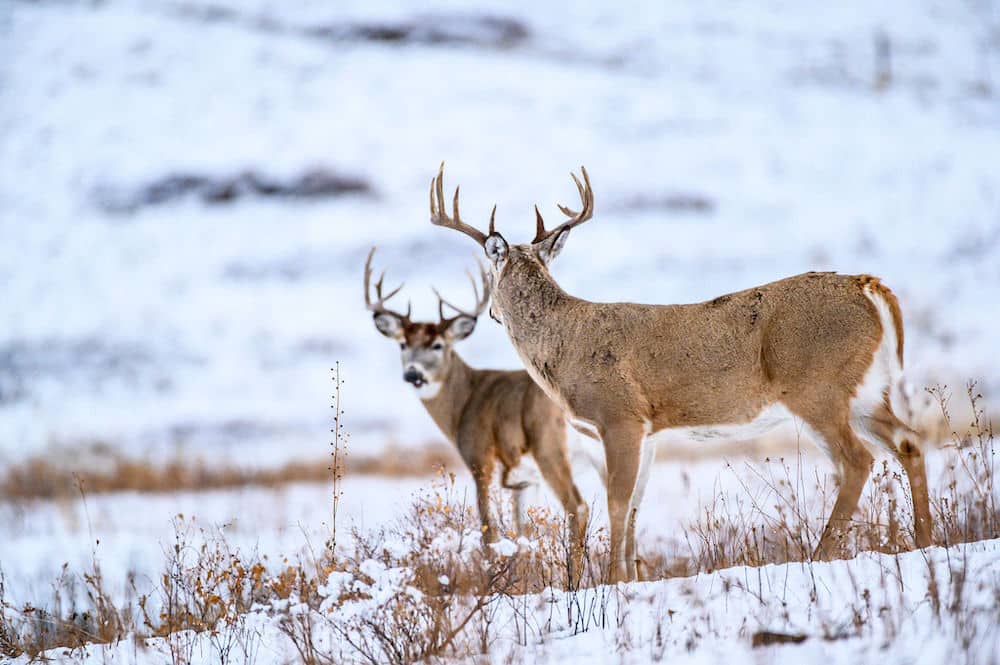If you’ve ever watched a hunting show on TV, you’ve probably heard the term “cull buck” or “management buck.” By definition, a cull buck is a buck whose antlers are inferior to those of other bucks of the same age on that property. The idea is to weed a cull buck out of the gene pool, preventing him from passing on the genetic trait of inferior antlers. As a side benefit, removing a cull buck from the herd also leaves more food and water for the remaining deer.
Typically, culling bucks with inferior antlers is practiced on large properties managed specifically for producing trophy bucks. In a lot of cases, that means Texas, where big bucks mean big bucks in the pocketbook of outfitters, and where habitat conditions are generally dry and poor, so that leaving more food for other deer benefits the survivors. Additionally, offering hunts for cull bucks allows outfitters to sell more hunts and take more deer off the property. Otherwise, those bucks growing inferior antlers would never produce income. Even though these cull bucks may not produce record-book antlers, often, they are still larger than what most hunters will ever shoot on their own properties, providing some trophy value at an economical price.
How do you decide if culling bucks on your property is right for you? First, you’ll need to control a large parcel of land. This isn’t something you can implement on 40 acres. It would help to have the surrounding landowners on board with the program as well. You’ll also need the means to harvest multiple bucks. In states where you are allowed one buck annually, this simply isn’t practical, unless you have a large number of hunters participating.

Take the time to think about which bucks you want to hunt. Photo Credit: John Hafner
You’ll need to establish goals for what caliber of deer you want to produce and which bucks should be culled. Because some late-born or nutrient-deprived yearling bucks may catch up to bucks off to a better start in a few years, culling should target bucks with some age (say, 3½ to 4½ years old) when they’ve had a chance to exhibit larger antler growth. Don’t go killing every 6-pointer, thinking it’s inferior. A 6-point yearling may have the potential to grow into a real trophy in time. To do a reasonable job at culling the right deer, you’ll have to become adept at aging deer by looking at body characteristics such as leg length, shoulder and neck mass, a potbelly, a sloping back, etc., and not just antler growth.
Read the MeatEater article “How to Age a Whitetail Buck on the Hoof” for reference.
Then you have to define what constitutes an “inferior” buck. Your criteria could be any 4½-year-old deer with fewer than eight points, one with a gross Boone & Crockett score of less than 125 inches, one with short tines or whatever you choose. Injured deer, such as those with broken legs, may also be culled. Look at what deer are capable of growing on your property. If no 4½-year-olds are growing large antlers, culling probably isn’t going to help. In that case, the lack of large bucks may be a habitat issue. And if bucks aren’t even making it to age 4½, they are probably being harvested too young and need time to develop.

Decisions may vary based on your area. Photo Credit: John Hafner
The end purpose of culling is to improve antler size in the herd. But remember, your goals in buck production must be realistic for your area. Not every region is capable of producing a B&C buck. A 140-inch deer may be a more realistic goal. On good habitat, on well-managed properties, however, that 140-inch buck may be deemed a cull buck. It all depends on the habitat, genetics and soil on your property. Manage based on what you see on your property; not what you see on TV.
While the concept of culling bucks with inferior antlers to allow those with larger antlers to pass on their genes seems good in theory, the practice is controversial. Multiyear studies across multiple ranches have recorded no statistical improvement in antler size on ranches where culling was heavily implemented over control ranches where no culling was done. Ultimately, the decision of whether to cull — and if so, what to cull — lies in the hands of the individual property manager.